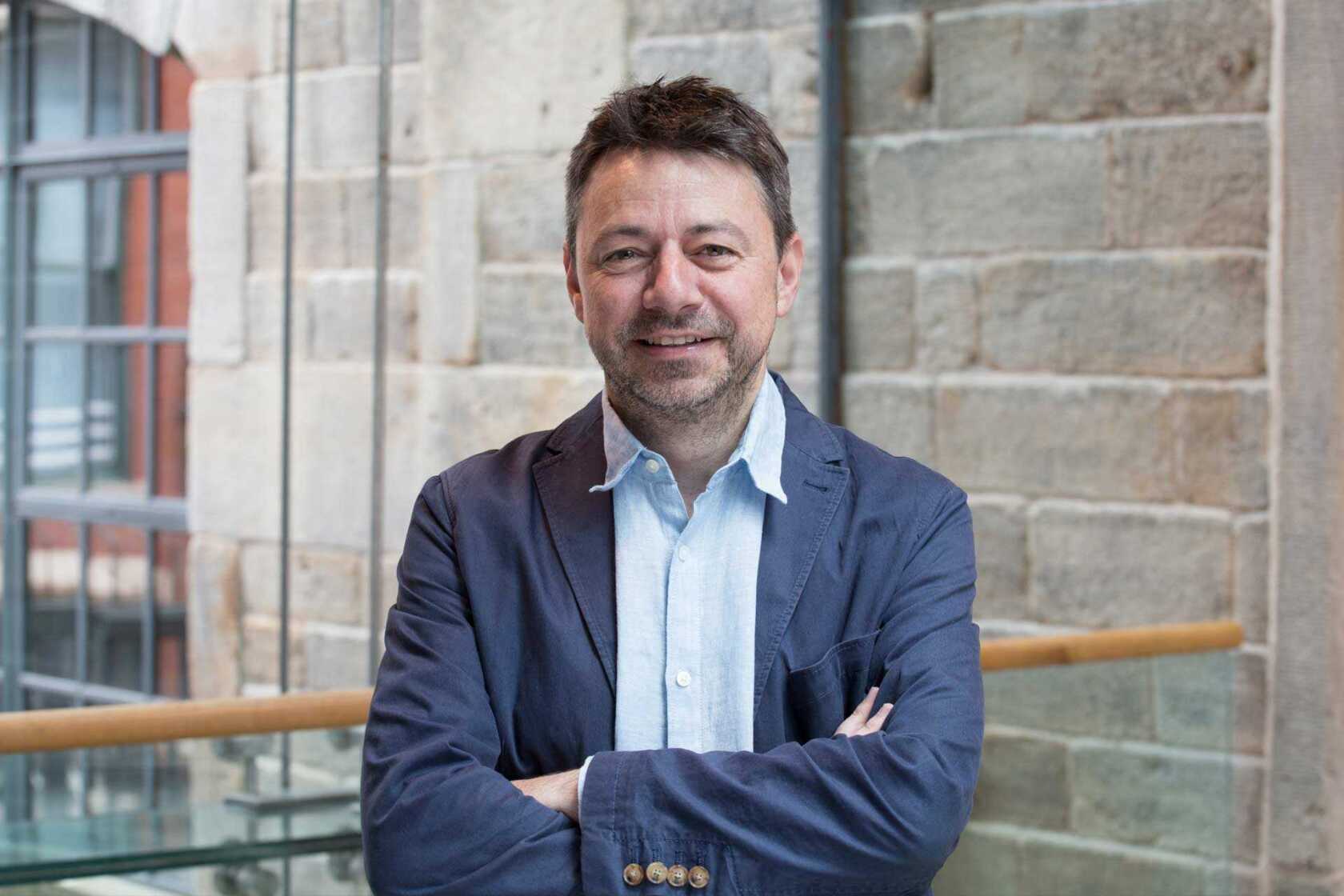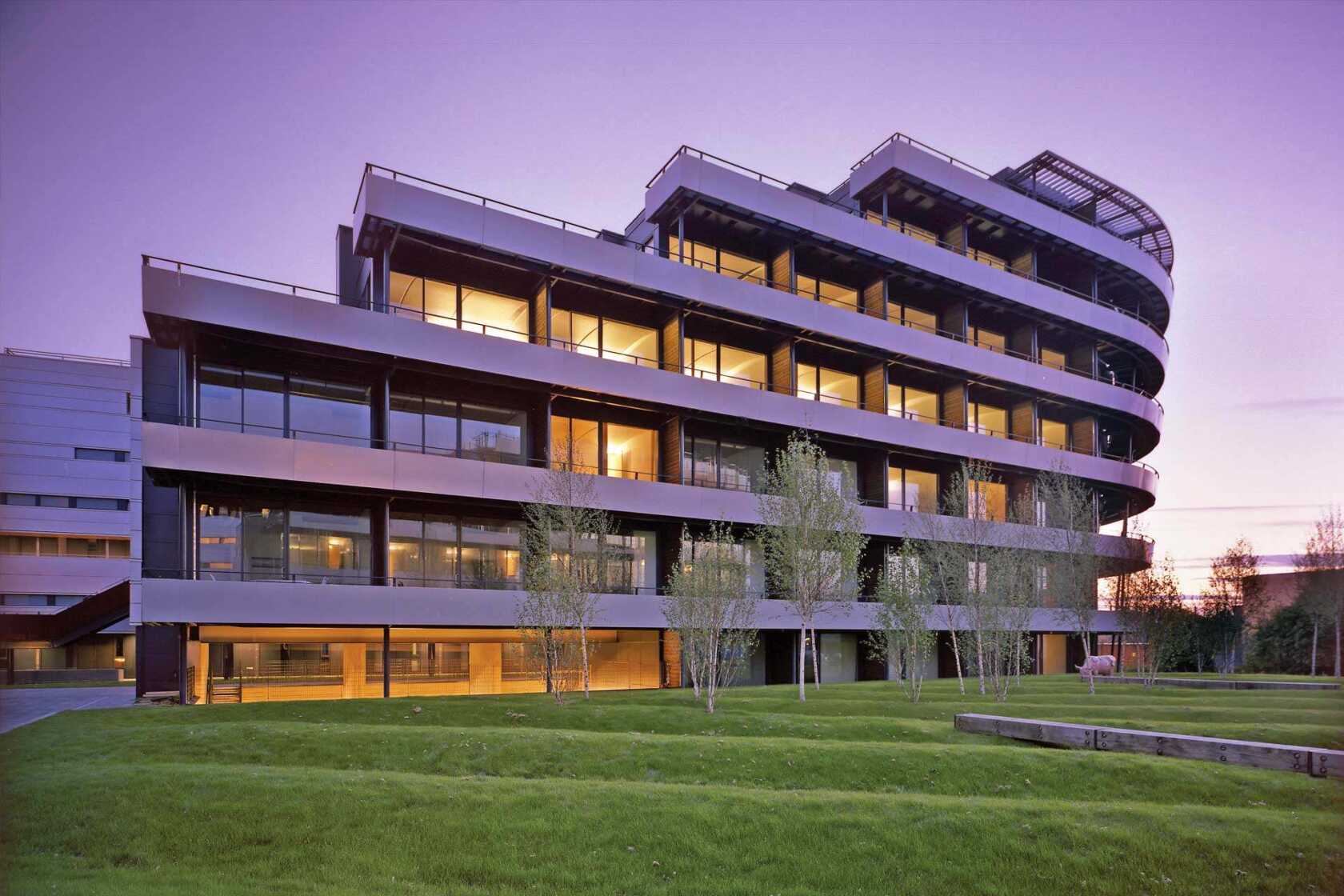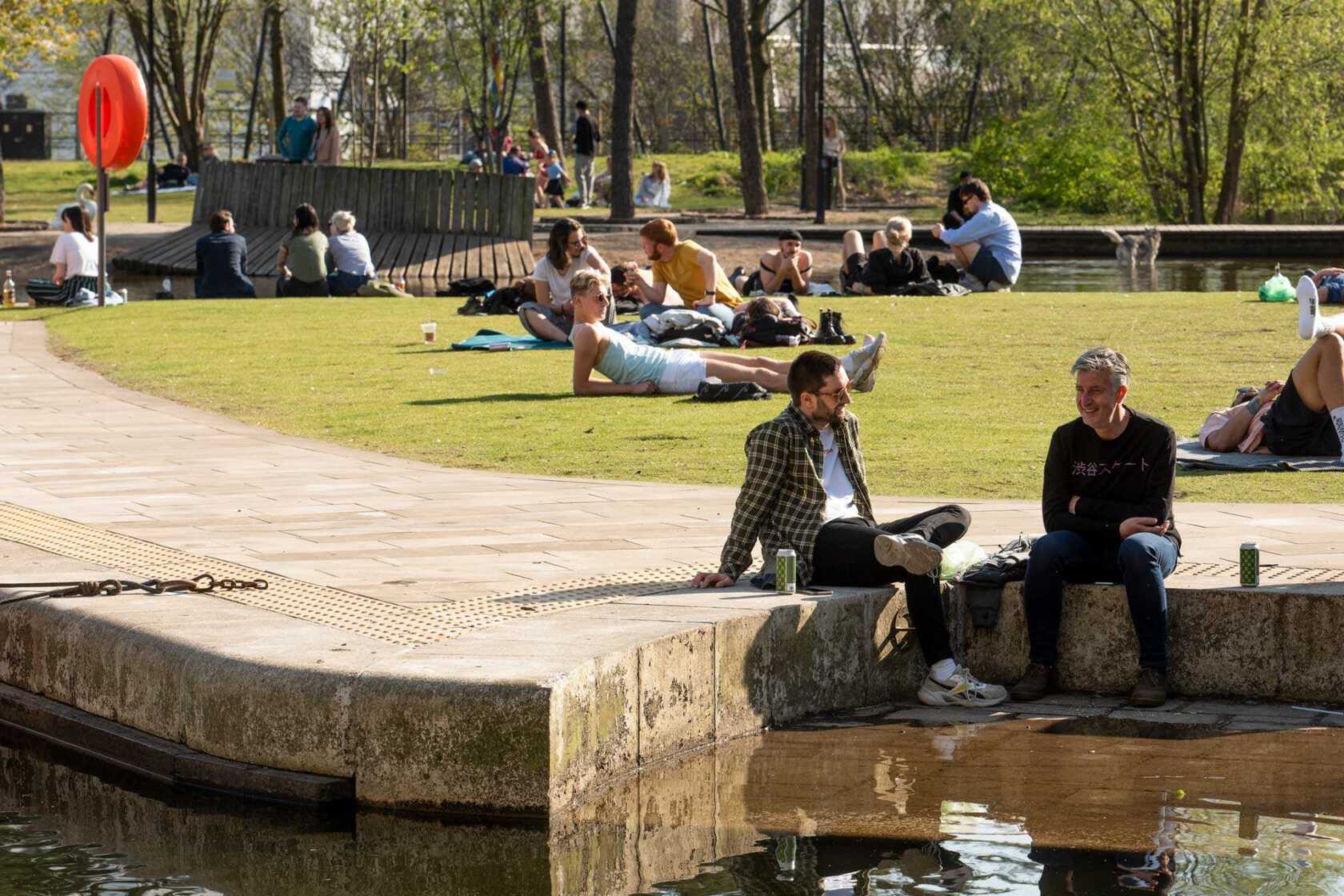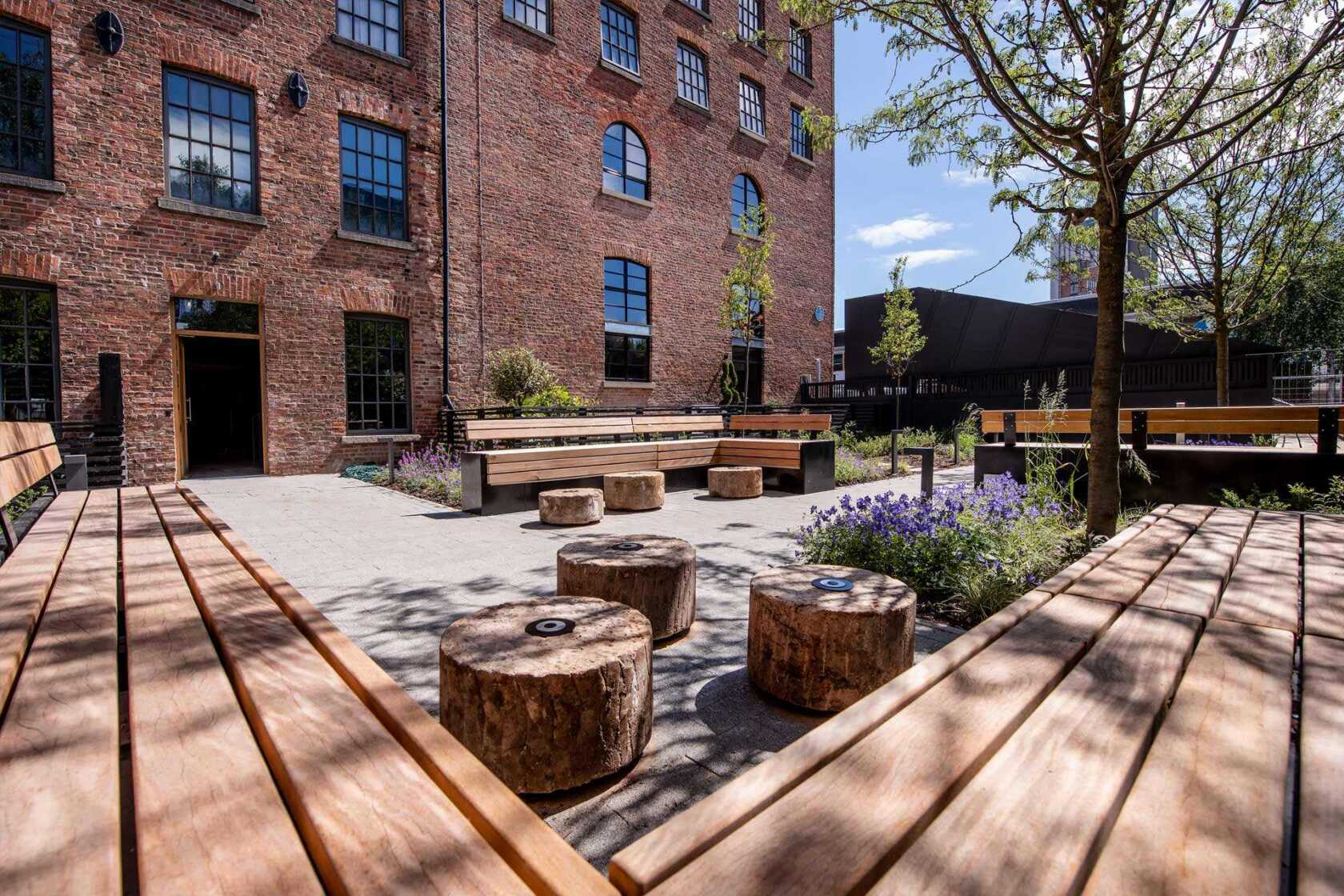A progressive company that recognises the value of low carbon design
Civic Engineers was established in 2013 to respond to the rapidly changing needs of our society, towns, cities and planet. Julian Broster co-founded the business, with a vision to develop a holistic, people-centred and climate-sensitive approach to complex challenges.
Among its clients is Urban Splash and, in this article, Julian reflects on his long-term relationship with our business and what regeneration companies need to do to tackle the challenges faced in the built environment.
I’m fortunate to have worked with Urban Splash a long time, taking on my first projects while at a former practice in in the late 1990s.
Back then, Urban Splash was building a strong reputation for architecturally innovative and challenging regeneration schemes in Northern cities. I was fortunate to get involved early on, working on their Manchester portfolio – notably on Timber Wharf, Urban Splash’s first new-build structure and new architectural territory. It was an exciting project, and I loved being part of something that pushed boundaries.

From there, I supported them on Budenberg in Altrincham, a striking building designed by Norman Foster. The involvement of such an esteemed architect was a testament to the tenacity of Urban Splash’s founders, Tom Bloxham and Jonathan Falkingham. Their ability to bring Foster on board demonstrated their commitment to quality and vision. I loved the project so much that I even lived there for a time.

A meaningful partnership
As our partnership deepened, we became entrenched in Urban Splash's various projects, including New Islington, where we were part of the competition team for the redevelopment of the Cardroom Estate. Collaborating with the late, great Will Alsop and the Urban Splash team was an inspiring experience. Our role in New Islington was to design the waterways and Cotton Field Park alongside landscape architect Andrew Grant. This project faced significant challenges during the financial crash of 2008, but we persevered, creating iconic buildings like Chips, with its dramatic cantilever; it was a fascinating engineering challenge and one of the world’s most distinctive designs.
Fast forward to today, and the world has changed significantly. Many of these buildings wouldn’t be designed in the same way now, as we strive to exceed Net Zero and sustainability targets. This evolution is evident in projects like Park Hill in Sheffield. Urban Splash - and their partners Places for People’s - long-term commitment has allowed them to revisit and adapt each phase of Park Hill, responding to contemporary needs while pushing sustainability boundaries. Park Hill, a twice-Stirling Prize-nominated structure, is a prime example of how long-term investment and repurposing existing buildings can lead to outstanding results.

I have many memories from Park Hill. One standout moment was a meeting years ago with architects, the local authority, and English Heritage, where we discussed concrete repairs and sample panels. The debate centred on whether the repairs should blend seamlessly with the original structure or be more overt. In the end, we chose the latter, and those repairs are still visible today. This decision, while unconventional, was the right one and highlights the thought and care that went into every detail. Another memorable day was the dramatic installation of the helix staircase, which was lifted into place from the top down – a challenging and rewarding engineering feat.
As we progressed through phases 2 and 3 of Park Hill, our approach evolved. In phase 1, we stripped back the building significantly, making bold design choices to grab attention and build advocacy. In later phases, we took a more retentionist approach, reflecting the industry’s growing focus on preserving existing structures. Our role shifted from replacement to repair, justifying the cost and safety of retaining more of the original building. This approach not only aligned with contemporary design philosophies but also supported our sustainability goals.

Challenges ahead
Looking to the future, designing for low embodied carbon is a top priority. As we approach the UK’s Net Zero target of 2050, sustainability targets will become increasingly stringent. The trend is moving towards retrofitting – or what we prefer to call "future-fitting" – existing buildings rather than constructing new ones. Over the past two decades, we’ve helped Urban Splash achieve its vision, and in the next two decades, we aim to support them in creating low-carbon, sustainable developments that exceed expectations. This will involve careful material selection, such as using low-carbon materials like timber, and staying ahead of the curve with steel and concrete decarbonisation.

Of course, there are challenges. Progressive regeneration companies like Urban Splash recognise the value of investing in low-carbon options, and this will become increasingly important as occupiers seek environmentally friendly buildings. Developers who fail to embrace these changes may struggle to secure funding or stay relevant in the market.
Community perception is another challenge. For example, when Urban Splash took on Park Hill, there was a local desire to demolish the building due to its association with historic anti-social behaviour. However, through thoughtful design and a forward-looking vision, Urban Splash transformed Park Hill into a creative and desirable space, proving that old structures can be reinvented in new, exciting ways.

Shared values will see us through
Our shared values with Urban Splash have made our collaboration incredibly rewarding. Working on challenging, complex structures is far more fulfilling than starting from scratch, and I’m proud of what we’ve achieved together.
As Civic Engineers, Urban Splash and our peers continue to push the boundaries of sustainable design, I look forward to seeing where our partnership will take us in the future. I’m proud of what we’ve achieved together and excited about what’s to come.
Urban Splash Newsplash
Want to be kept in the loop about all things Urban Splash? Then sign up for Newsplash!
Our monthly news round-up with the latest and freshest news on property development, place-making, housing, architecture, events and careers sent straight to your inbox.


